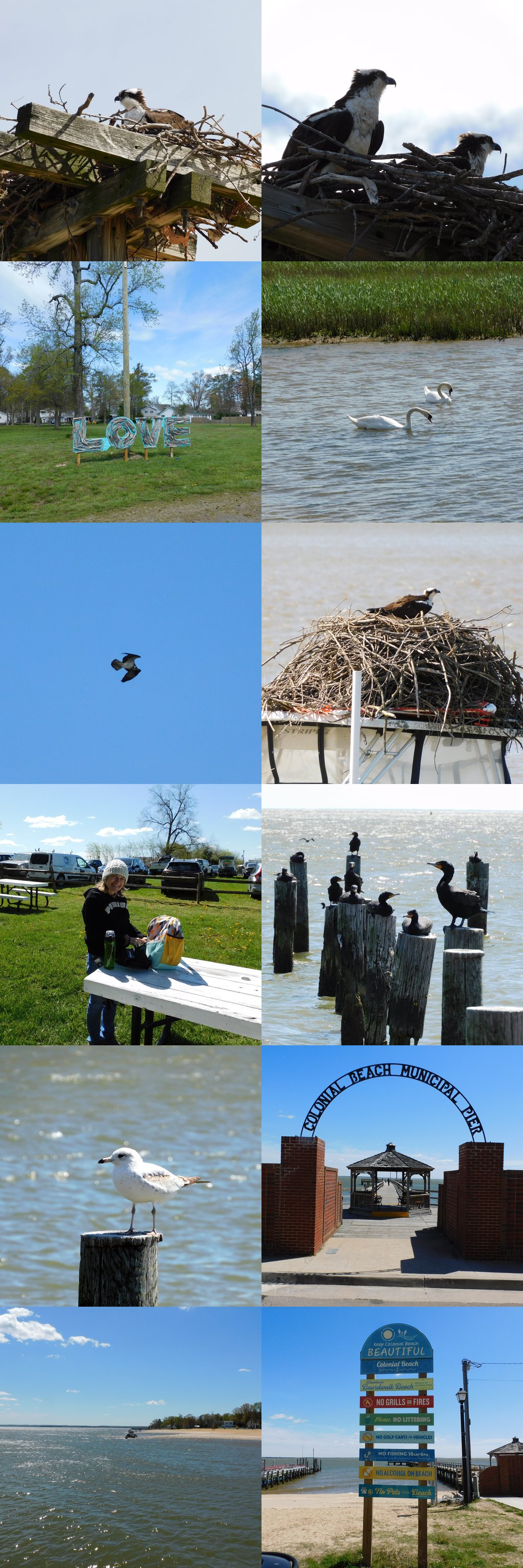Blackeyed Susan – Electric Rattlebone
Author: Chris ODonnell From https://odonnellweb.com/pelican/ • Apr 12th, 2024Category: Blog Entries.Local
Blackeyed Susan was formed by former Britney Fox lead singer Dizzy Dean Davidson, and also featured ex-Cinderella keyboardist Rick Criniti. Melodic.net wrote about the only album, Electric Rattlebone, on Facebook today, which reminded me I owned that CD. However, it apparently never made it to my MP3 library. I hit YouTube Music to stream it, and was immediately reminded of just how good this album is.
If you like the direction that Cinderella went with Still Climbing, you'll like this. It's a fun, mostly uptempo record of blues rock tunes with plenty of harmonica, horn fills and keyboards. It was a commercial failure on release in 1990 and the record company dropped them while they were touring to support it.
They did not deserve that fate. I'm not sure why it failed. 1990 was still in the glam rock era, and even though this is more bluesy than glam, it's got plenty of glam rock flourishes and should have appealed to the Britney Fox / Cinderella / Motley Crue crowd. It certainly appealed to me, and I was solidly in that club.
Anyway, I'm spending $10 to rebuy the record, because it's one that I want to own. It'll get plenty of virtual spins.












